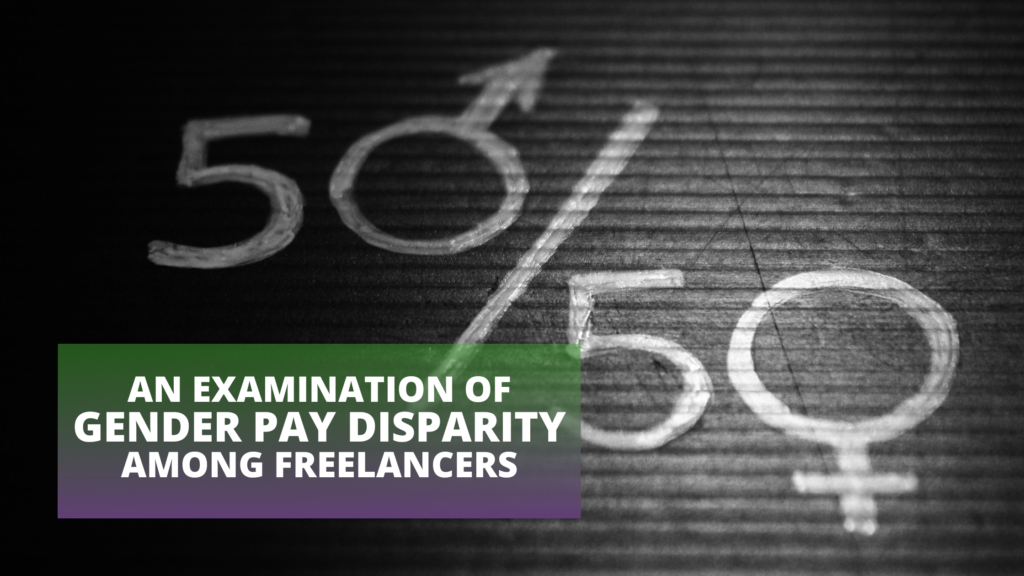We’re all aware of the gender pay gap among full-time employees in the U.S., which reportedly is also now tainting the gig economy. A recent study of nearly 6,000 U.S.-based freelancers found that males earned 48% more per hour than their female counterparts – a discrepancy that was broadest in administration, information technology and customer service. The problem seems to be twofold: freelancing apps like Upwork require a work-for-hire negotiation and too many women are simply short-selling their talent relative to men.
As someone who has long been involved in the staffing industry, I’ve had a vastly different experience. The majority of users on our platform – 63% to be exact – are women. But it’s also worth noting that their rates are set by our customers. Whether someone is a man, woman or gender fluid, they’re always going to get the same rate, and we’ll push for them to earn as much as they possibly can. Our contingent workforce in the hospitality sector that we serve was hit really hard by the pandemic. The fact is that females were more likely than males to leave their jobs to care for children during COVID-19 lockdowns.
Since the pandemic, more women have started driving Uber or doing jobs like DoorDash as part of the delivery sector of the gig economy. That’s because working women want flexibility. However, many of these positions come with lower or possibly unstable wages. Based on my experience, women are extremely valuable in the gig economy, specifically in the delivery and shift-based workforces. And with more women working in the U.S. labor force than ever before, it’s critically important that their contributions be valued as much as men and that any pay disparity eventually disappears.
Related Article: The virtual assistant: a modern take on business outsourcing
